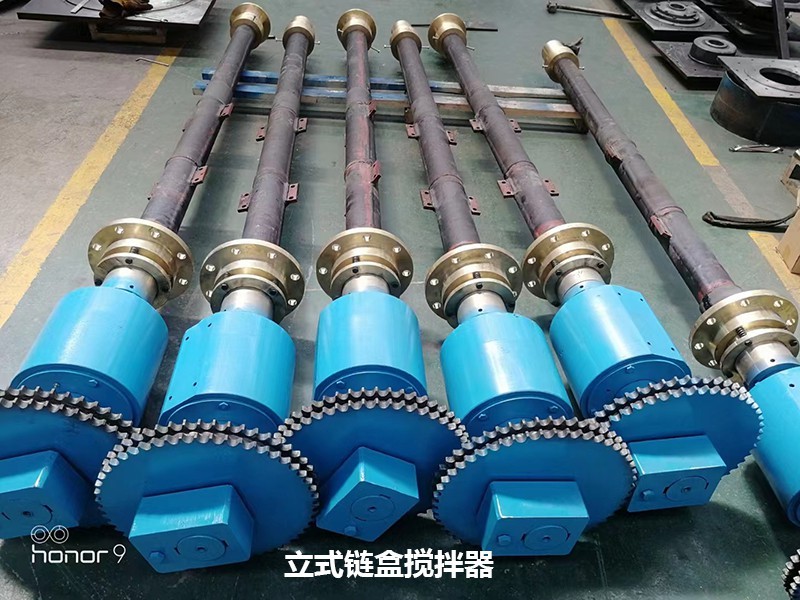The working principle of a vertical mixer is mainly to use the rapid rotation of the screw or stirring blade to achieve material mixing. According to the
vertical mixer factory, its working principle can be divided into the following steps:
1. Material lifting: The screw or stirring blade of the vertical mixer will lift the material located at the bottom of the barrel from the center to the top during rapid rotation.

2. Flying and scattering: When the material is lifted to the top, it will fly and scatter in an umbrella shape or other form. This step ensures that the material can be evenly distributed throughout the entire barrel.
3. Return to the bottom and roll and stir: Scattered materials will return to the bottom of the barrel and be lifted again under the continuous rotation of the screw or stirring blade. In this way, the material forms a stirring effect of rolling up and down inside the bucket.
4. Uniform mixing: After a period of stirring, the material will reach a state of uniform mixing in the bucket. This mixing method is not only efficient, but also provides excellent protection for the material, especially suitable for materials with fragile texture or added special ingredients.
In addition, the barrel of the vertical mixer is usually made of corrosion-resistant materials such as stainless steel to ensure the durability of the equipment and the purity of the materials. At the same time, there are various forms of mixing blades, such as anchor type, propeller type, turbine type, propeller type, etc., to adapt to different mixing needs and material characteristics.
In summary, the vertical mixer achieves efficient and uniform mixing of materials through its unique working principle and structural design, and is widely used in various industries such as chemical, pharmaceutical, food, and coatings.
